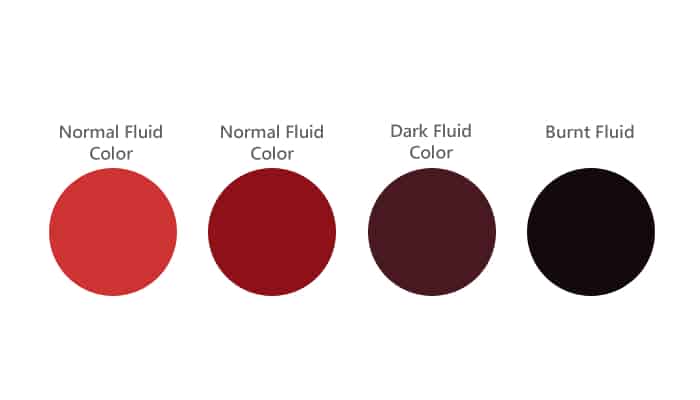2006 Chrysler 300 Transmission Fluid Capacity: Unveiling the Facts
When it comes to maintaining your 2006 Chrysler 300, understanding the transmission fluid capacity is crucial. Neglecting this vital aspect can lead to serious issues down the road, and we don’t want that, do we? So, let’s dive straight into the nitty-gritty details without any unnecessary fluff.
Transmission Fluid Capacity and Type: What You Need to Know
| Popular posts |
|---|
| What to do to prolong the life of your manual gearbox |
| Automatic transmission: what it is, how it works |
Before we get into the specifics, let’s make things crystal clear. The transmission fluid capacity for your 2006 Chrysler 300 depends on the type of transmission you have. There are two possibilities:
- 5-Speed Automatic Transmission:
| Transmission Type | Fluid Capacity (Quarts) | Fluid Capacity (Liters) |
|---|---|---|
| NAG1 | 5.0 | 4.7 |
- 4-Speed Automatic Transmission:
| Transmission Type | Fluid Capacity (Quarts) | Fluid Capacity (Liters) |
|---|---|---|
| 42RLE | 4.0 | 3.8 |
Now that we’ve laid out the facts, it’s time to take action and ensure your transmission is properly taken care of.
How to Check and Add Transmission Fluid
Checking and adding transmission fluid is a straightforward process, but it’s crucial to follow the correct steps. Here’s what you need to do:
- Start your engine and let it warm up to operating temperature.
- Locate the transmission dipstick. It’s usually labeled and can be found near the back of the engine compartment.
- With the engine still running, pull out the dipstick and wipe it clean with a lint-free cloth or paper towel.
- Reinsert the dipstick fully and then remove it again to check the fluid level.
- The dipstick will have markings indicating the proper fluid level. Ensure that the fluid falls within the designated range.
- If the fluid level is low, you’ll need to add the appropriate transmission fluid. Use a funnel to avoid any messy spills.
- Remember to add the fluid gradually, checking the level frequently to prevent overfilling.
- Once you’ve reached the correct fluid level, securely reinsert the dipstick and close the hood.
Following these steps will help keep your transmission running smoothly and extend its lifespan. Remember, prevention is always better than a costly repair.
Safety First: Precautions to Keep in Mind
While checking and adding transmission fluid is a relatively simple task, it’s essential to prioritize your safety. Here are a few precautions to keep in mind:
- Always work on your vehicle in a well-ventilated area to avoid inhaling harmful fumes.
- Ensure the engine is turned off and the parking brake is engaged before attempting any work.
- Use gloves and safety glasses to protect yourself from any potential hazards.
- Be cautious when working around hot engine components to avoid burns.
- If you’re unsure or uncomfortable performing this task, it’s best to consult a qualified mechanic.
By taking these safety precautions, you’ll not only safeguard yourself but also ensure a smooth and worry-free maintenance experience.
Conclusion
Now that you’re armed with the knowledge of your 2006 Chrysler 300’s transmission fluid capacity, you can confidently tackle this essential maintenance task. Remember, following the correct fluid capacity and type is crucial for the well-being of your vehicle’s transmission. So, go ahead, check that fluid level, and keep your Chrysler 300 running like a champ!
What Color Should Transmission Fluid Be?


